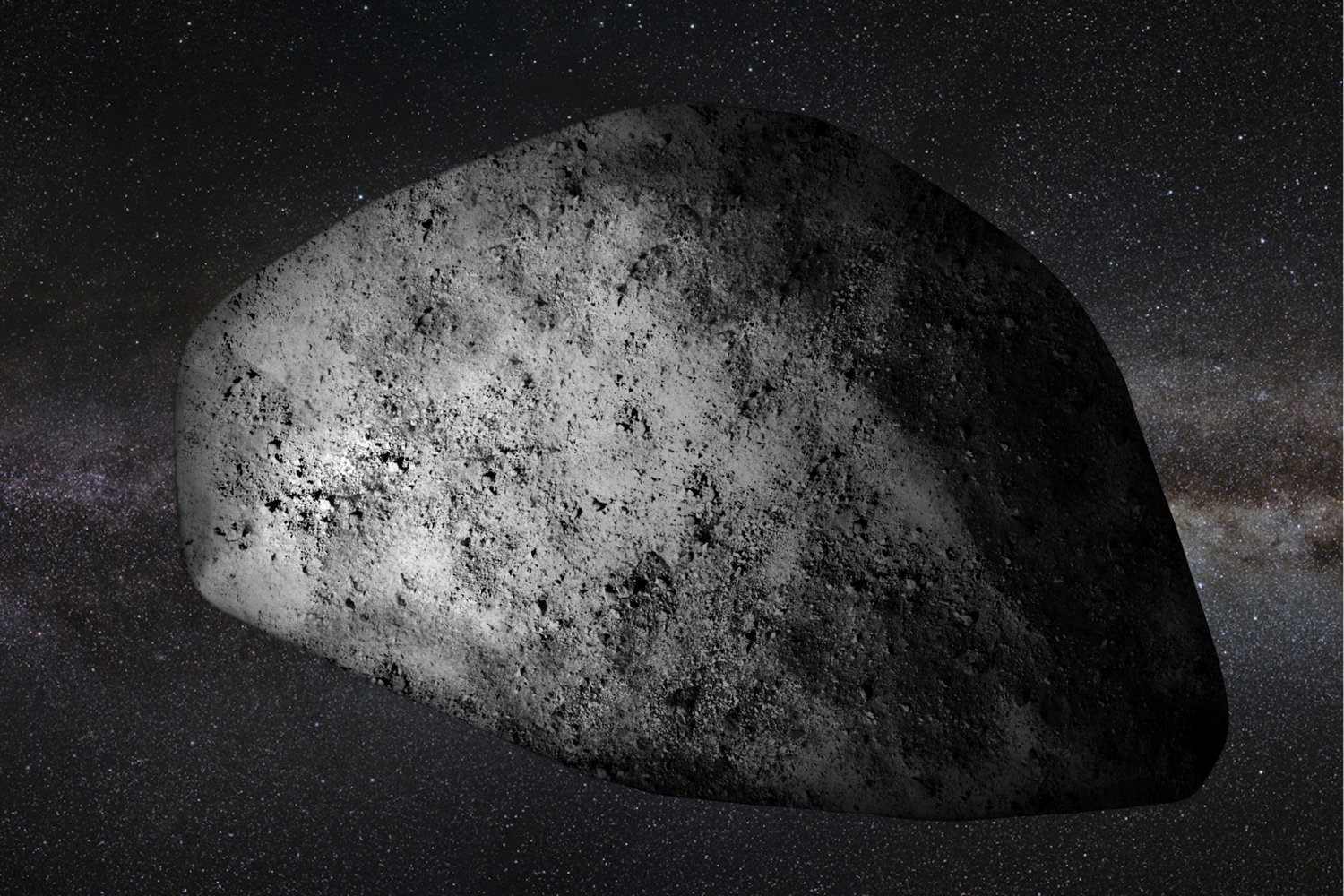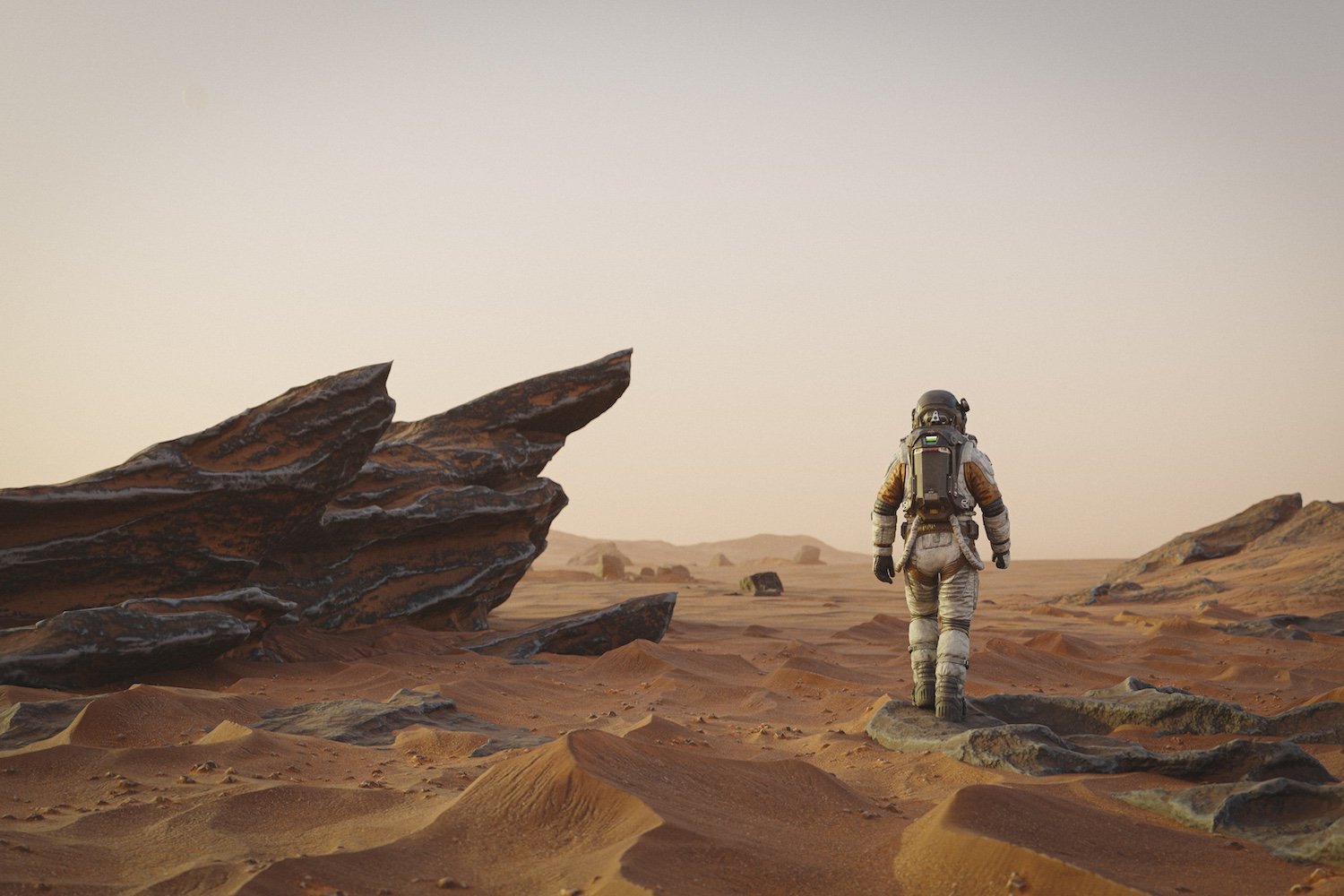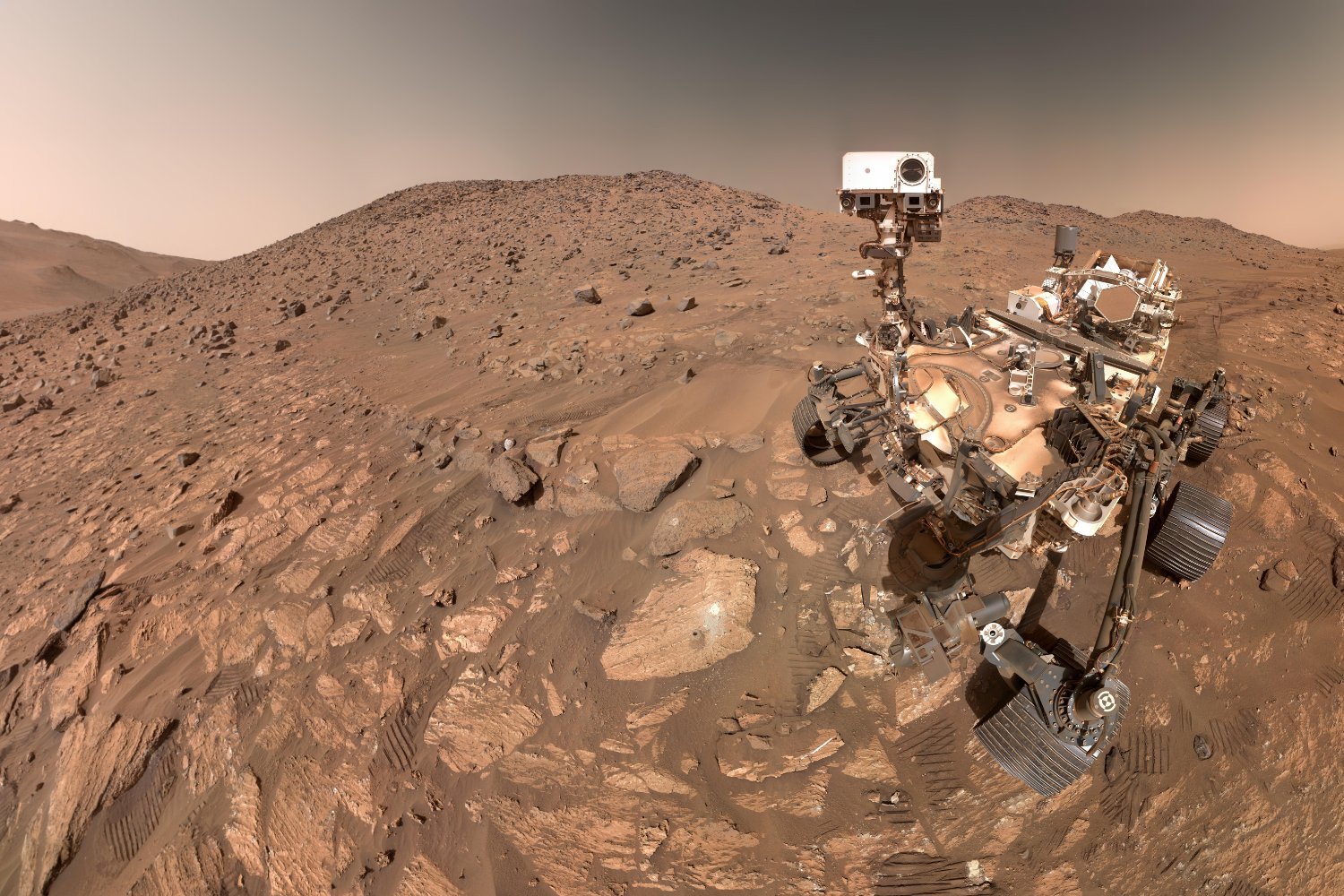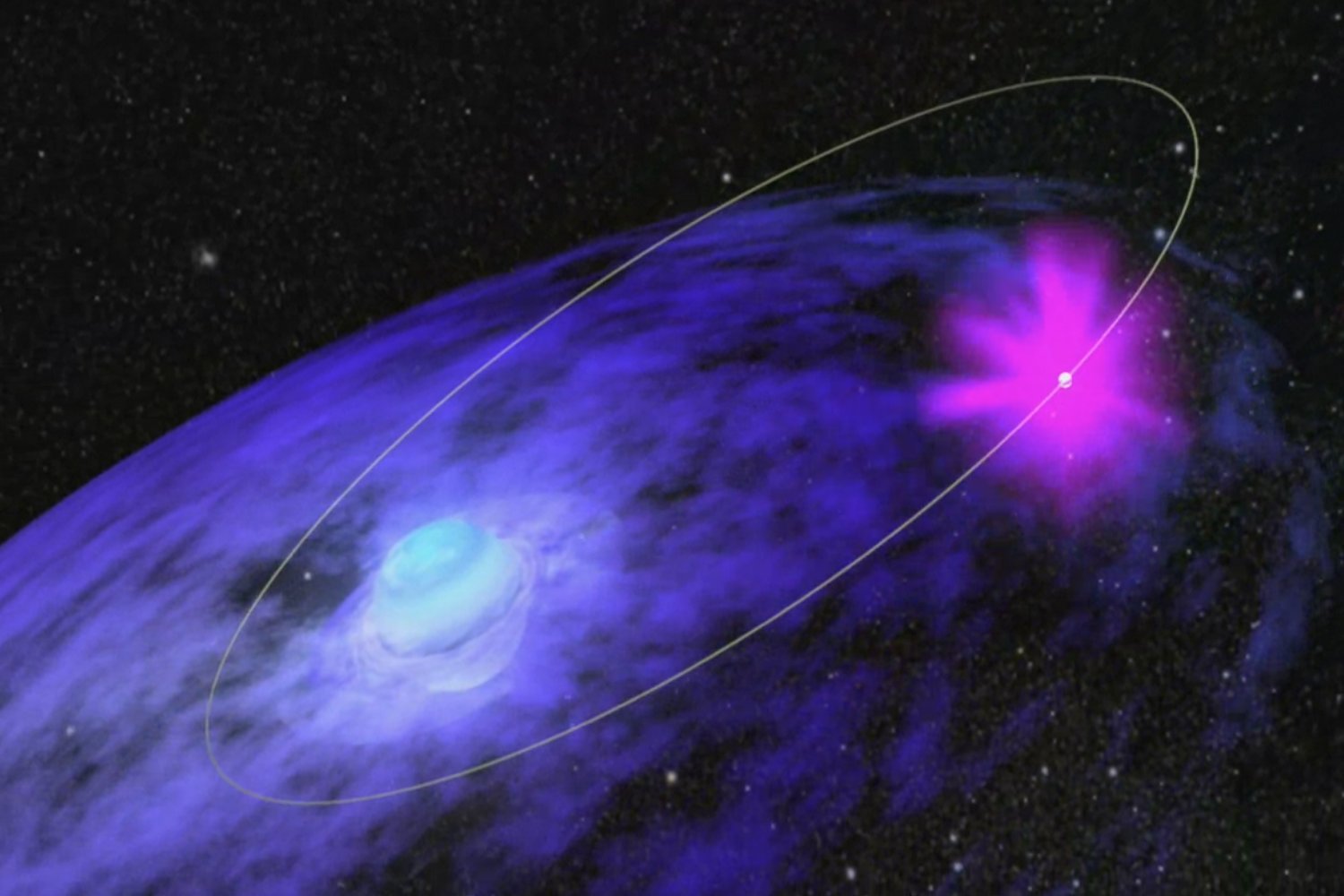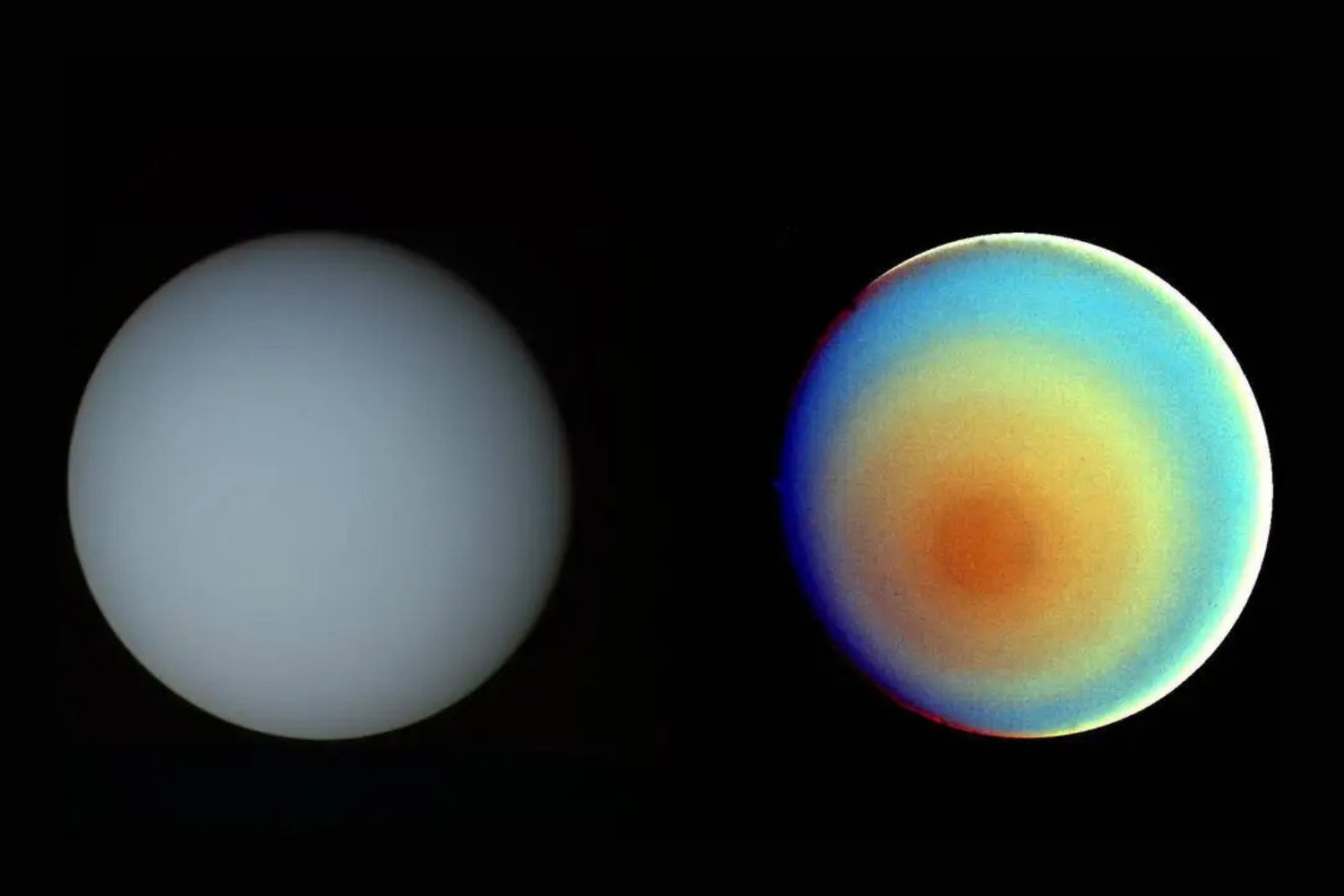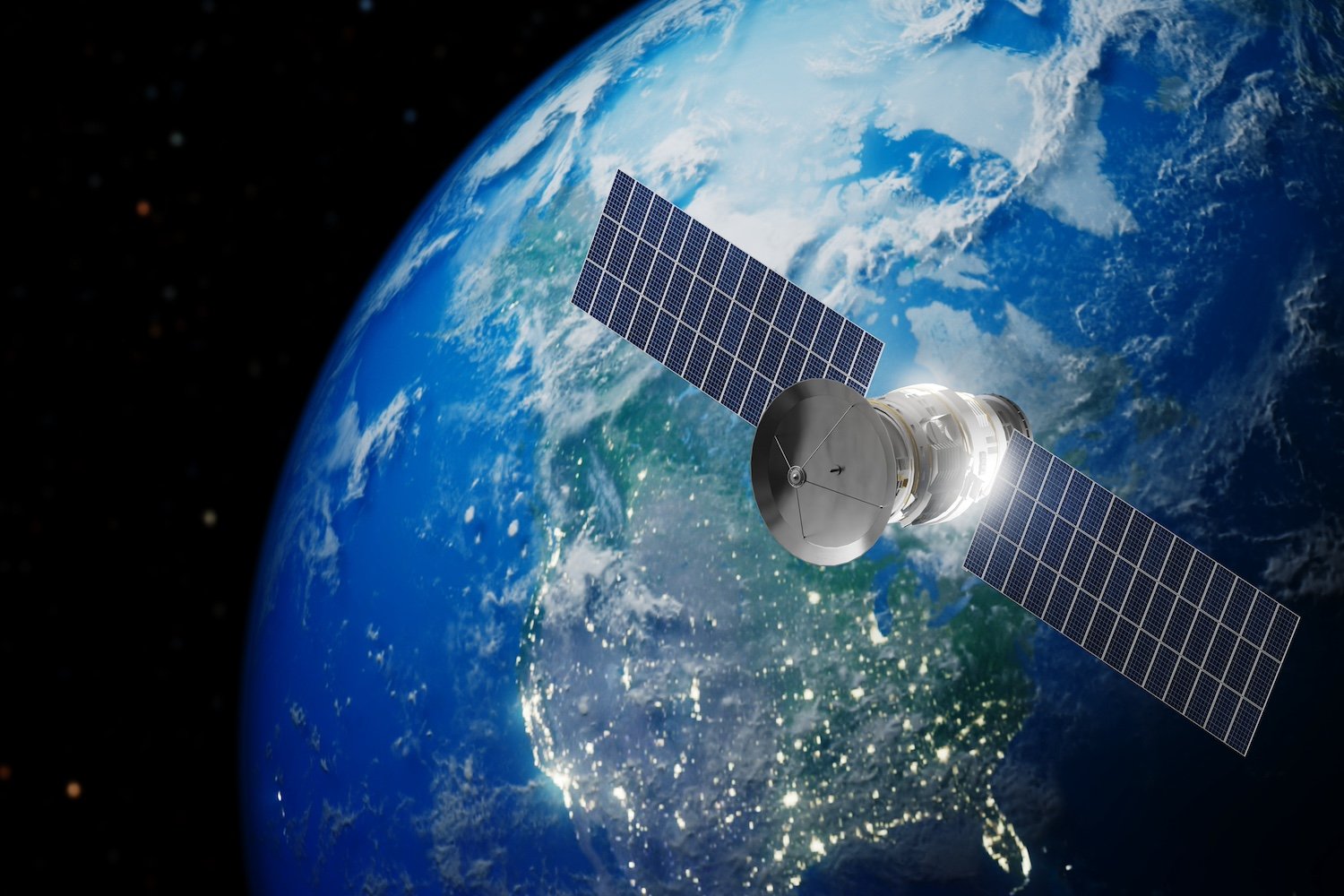In April 2029, the near-Earth asteroid (NEA) Apophis will make a close approach to Earth, coming within 24,000 miles (38,625 kilometers) of our planet’s surface. This proximity will expose Apophis to Earth’s powerful gravitational pull, potentially triggering significant geological changes on the asteroid’s surface. A team of astronomers predicts that this close encounter could cause landslides, quakes, and alterations to Apophis’s spin state, as detailed in a study soon to be published in The Planetary Science Journal and currently available on the preprint server arXiv.
While Apophis is currently about twice as far from Earth as the Sun, its 2029 flyby will bring it remarkably close – roughly ten times closer than the Moon. This close approach will subject the 1,100-foot-wide (335-meter-wide) asteroid to intense tidal forces from Earth’s gravity.
The researchers predict that “the 2029 encounter will induce short-term tidally-driven discrete seismic events,” leading to substantial surface accelerations. These accelerations could reach magnitudes similar to Apophis’s own gravity and may be detectable by modern seismometers. Beyond immediate seismic activity, the researchers also anticipate “a significant change in Apophis’ tumbling spin state,” potentially causing long-term surface changes due to shifting slopes. This mechanism, they suggest, could also explain surface refreshing observed on other asteroids similar to Apophis.
 An artist’s concept showing Apophis’ size relative to Lower Manhattan.
An artist’s concept showing Apophis’ size relative to Lower Manhattan.
Studying the interior composition of asteroids like Apophis offers valuable insights into their origins, the history of our solar system, and even the potential for life beyond Earth. Organic molecules within asteroids can provide clues about the building blocks of life, while the presence of metals can reveal the extreme cosmic events that led to their formation. These hidden layers within asteroids provide a record of ancient interactions with their space environment and may even explain the unusual acceleration observed in some objects, like the interstellar visitor ‘Oumuamua.
The upcoming close approach of Apophis presents a unique opportunity to study these processes in action. While the asteroid poses no immediate threat to Earth, similar-sized objects impact our planet roughly every 80,000 years, causing significant local damage and potentially triggering global climate changes. A 2021 NASA analysis confirmed that Apophis poses no threat to Earth for at least the next century.
This close encounter has also sparked interest from space agencies and companies, with proposals for missions to study Apophis during its flyby. NASA’s OSIRIS-APEX mission is already en route to the asteroid to investigate the effects of its close encounter with Earth. This mission represents a cost-effective opportunity to study an asteroid up close, akin to a “cosmic doctor making a home visit.”
If Apophis were to impact Earth—which, again, it will not—its impact crater would be roughly the size of Manhattan’s Battery Park. The most recent significant asteroid impact on Earth was the Chelyabinsk meteor in 2013. While significantly smaller than Apophis (about 17 times), the Chelyabinsk meteor exploded with the force of 500 kilotons of TNT, highlighting the potential destructive power of even relatively small asteroids. This underscores the importance of monitoring NEAs and understanding their potential impact on our planet. In the case of Apophis’s 2029 flyby, however, it appears that Earth’s gravity will be the more disruptive force, reshaping the asteroid’s surface rather than the other way around.
This event provides a rare chance to study the dynamic interplay between celestial bodies and the potential for gravitational forces to reshape the surfaces of smaller objects in our solar system. The data collected during Apophis’s close approach will undoubtedly deepen our understanding of asteroids and their role in the broader cosmic landscape.



